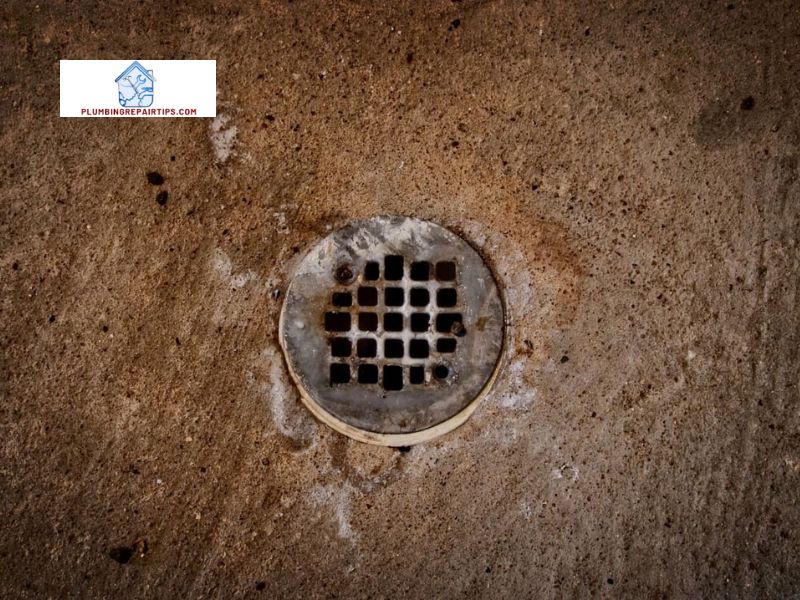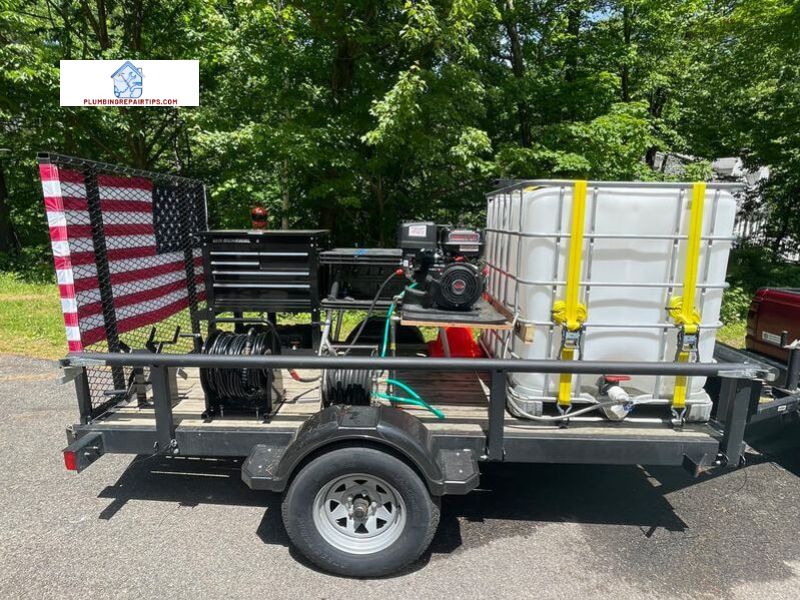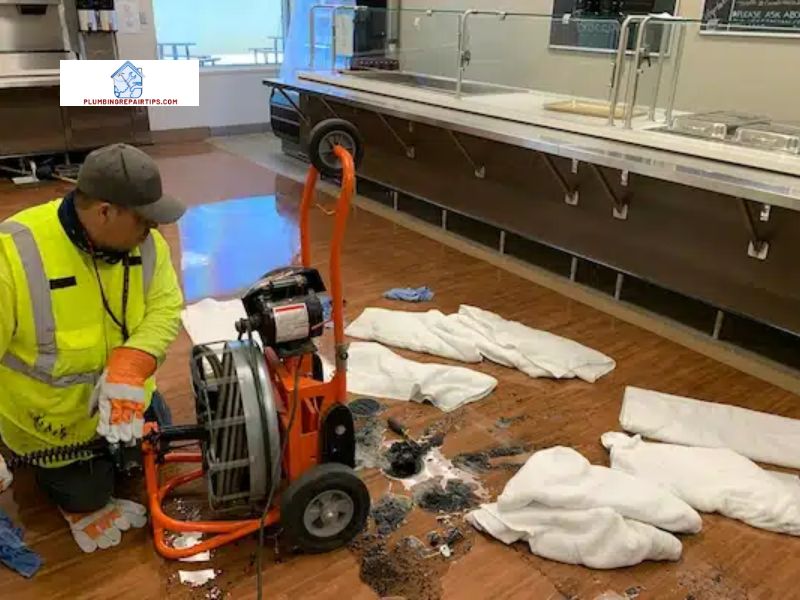When it comes to septic systems, one crucial factor that often gets overlooked is the location of the septic tank. Whether you’re building a new home or maintaining an existing one, the importance of proper septic tank location cannot be emphasized enough. But why is it so crucial? And what impact does it have on the functionality and maintenance of your septic system?
Having your septic tank in the right location is essential for ensuring optimal performance and avoiding costly repairs in the long run. Think of it as the heart of your septic system, where all the wastewater and solids are collected and treated. If the tank is not strategically placed, it can lead to a myriad of problems, such as drainage issues, contamination of water sources, and even structural damage to your property.
So, why is proper septic tank location so crucial for functionality and maintenance? Well, let’s dive into a few reasons. Firstly, the soil type and composition play a significant role in the efficiency of your septic system. The soil acts as a natural filter, allowing the treated wastewater to percolate and be absorbed properly. Choosing the right location based on soil conditions is vital to ensure that the wastewater is adequately treated and does not pose a risk to the environment or public health.
Secondly, the distance from water sources is a critical consideration. Septic tanks should be located far enough from wells, rivers, lakes, or any other water bodies to prevent contamination. The last thing you want is for untreated wastewater to seep into your drinking water supply or nearby water sources. By adhering to the recommended separation distances, you can safeguard both your health and the environment.
In conclusion, the proper location of your septic tank is paramount for its functionality and maintenance. By taking into account factors like soil type, distance from water sources, and adherence to local regulations, you can ensure the efficient operation of your septic system while minimizing the risk of contamination and future repairs. In the following sections, we will explore in more detail the various factors to consider, best practices, common mistakes to avoid, and the importance of seeking professional assistance for determining the optimal septic tank location. So, let’s dive right in and make sure your septic system is set up for success!
Stay tuned for Section 2, where plumbingrepairtips.com will delve into the factors to consider when choosing the location for your septic tank!
Factors to Consider when Choosing Septic Tank Location
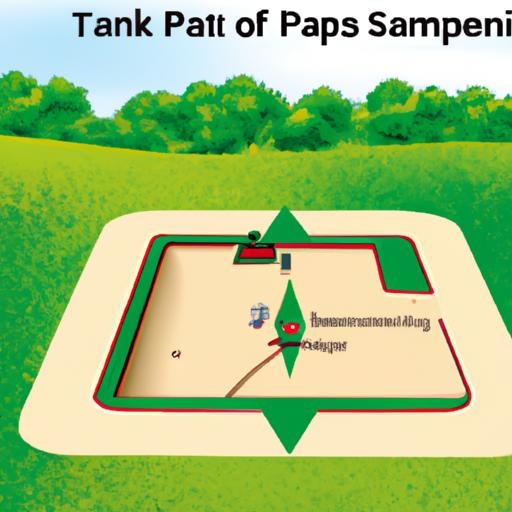
When it comes to selecting the perfect location for your septic tank, several factors need to be taken into consideration. Each of these factors plays a significant role in ensuring the functionality and longevity of your septic system. Let’s explore the key considerations when determining the optimal septic tank location:
Soil Type and Composition
The soil type and composition of your property are crucial factors in determining the effectiveness of your septic system. Different soil types have varying abilities to absorb and treat wastewater. For example, sandy soils tend to drain water quickly, while clay soils have a lower permeability rate. Conducting a soil test will provide valuable insights into the soil composition, allowing you to choose an appropriate location that promotes efficient drainage and treatment.
Distance from Water Sources
Maintaining an adequate separation distance between your septic tank and water sources is paramount. The minimum distance required may vary depending on local regulations, but generally, septic tanks should be located at least 100 feet away from wells, streams, lakes, and other bodies of water. By observing these guidelines, you reduce the risk of contamination and protect the quality of your water supply.
Accessibility for Maintenance and Pumping
Accessibility is often overlooked when choosing a septic tank location, but it is crucial for routine maintenance and pumping. Ensure that the tank is easily accessible for professionals to inspect, clean, and perform necessary repairs. A well-placed septic tank will save you time and money in the long run, as it facilitates regular maintenance and minimizes potential disruptions.
Local Regulations and Codes
Local regulations and codes play a significant role in determining the permissible location for your septic tank. Each jurisdiction may have different rules regarding setbacks, separation distances, and zoning restrictions. Familiarize yourself with these regulations to ensure compliance and avoid any legal issues down the line. Consulting with local authorities or a septic system expert will help you navigate these requirements effectively.
Topography and Land Slope
The topography and land slope of your property can impact the location of your septic tank. Ideally, the tank should be placed on level ground to ensure proper functioning. Avoid areas with steep slopes or areas prone to flooding, as these can lead to drainage issues and potential system failure. Assessing the topography of your property will help you identify suitable areas for septic tank placement.
Proximity to Structures and Property Lines
Consider the proximity of your septic tank to buildings and property lines. It is important to maintain a safe distance from structures to prevent any damage that may occur during installation or future maintenance. Additionally, be mindful of property lines to ensure compliance with local regulations and avoid encroachments onto neighboring properties.
By considering these factors when choosing the location for your septic tank, you can ensure optimal functionality, minimize potential issues, and maintain a healthy and efficient septic system. In the next section, we will discuss the best practices for septic tank placement to further enhance the performance and longevity of your system. Stay tuned!
Best Practices for Septic Tank Placement
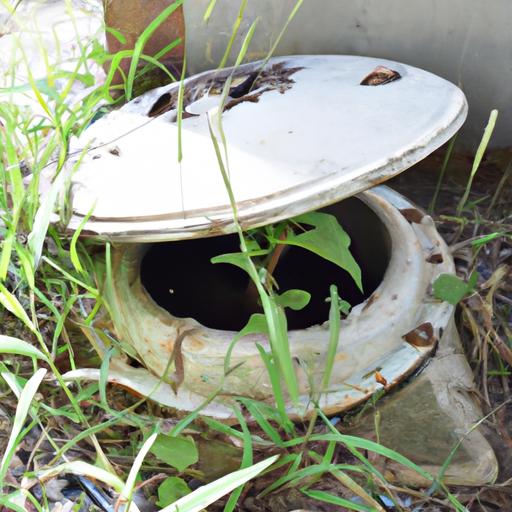
Ideal Distance from Buildings and Property Lines
When it comes to septic tank placement, maintaining an ideal distance from buildings and property lines is crucial. The septic tank should be positioned in such a way that it is easily accessible for maintenance and repairs, while also ensuring it doesn’t pose any risks to the structural integrity of nearby buildings. A general guideline is to have the tank at least 10 feet away from your home or any other structures. This distance helps prevent any potential damage to the foundations or walls, should any issues arise with the tank in the future.
Proper Depth and Level of the Tank
Another critical aspect to consider is the proper depth and level of the septic tank. It should be buried at an appropriate depth to allow for effective wastewater treatment and ensure the tank remains stable. The recommended depth can vary depending on local regulations and soil conditions. Consulting a professional septic system expert can help determine the optimal depth for your specific location.
Furthermore, ensuring the tank is level is vital for its proper functioning. A level tank helps prevent any uneven distribution of wastewater, allowing for better treatment and drainage. This also aids in preventing any potential structural damage caused by an imbalanced load.
Suitable Soil Conditions for Efficient Drainage
The soil conditions around the septic tank play a significant role in the drainage and treatment process. It’s important to consider the type and composition of the soil when determining the tank’s location. Soils with good drainage properties, such as sandy or loamy soils, are ideal for efficient wastewater absorption. On the other hand, soils with a high clay content or poor drainage capabilities may require additional measures, such as installing a drainage field or mound system, to ensure proper wastewater treatment.
Considerations for Future Expansions or Additions
When selecting the location for your septic tank, it’s essential to consider any potential future expansions or additions to your property. This could include the construction of additional buildings, swimming pools, or even landscaping changes. By keeping these possibilities in mind, you can ensure that the septic tank placement allows for flexibility and accommodates any future modifications without disrupting the functionality of the system.
In the next section, we will discuss common mistakes to avoid in septic tank locations. Understanding these mistakes will help you make informed decisions and prevent potential problems down the line. Stay tuned!
Stay tuned for Section 4, where we will explore common mistakes to avoid in septic tank locations.
Common Mistakes to Avoid in Septic Tank Location
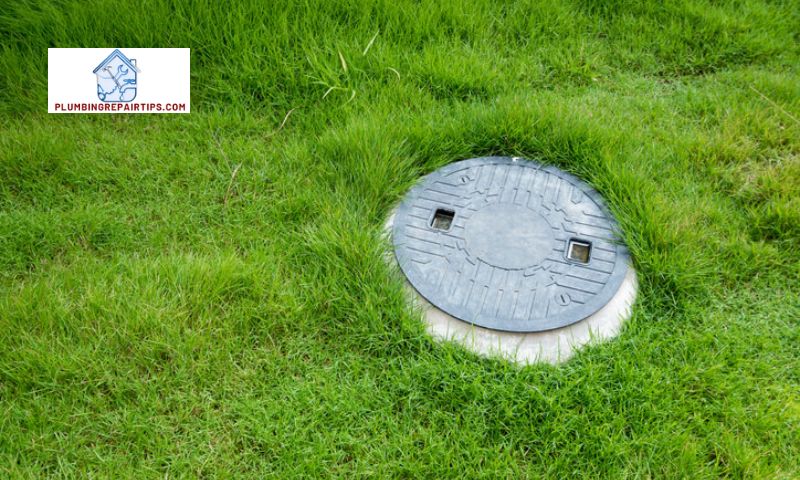
When it comes to choosing the location for your septic tank, there are several common mistakes that homeowners often make. By being aware of these pitfalls, you can ensure that your septic system functions optimally and avoids unnecessary complications. Let’s take a closer look at some of the most crucial mistakes to avoid when determining the location of your septic tank.
Placing the tank too close to water sources
One of the most critical mistakes is placing the septic tank too close to water sources such as wells, rivers, or lakes. The proximity of the tank to these water bodies increases the risk of contamination. In the event of a leak or failure in the septic system, untreated wastewater can easily find its way into nearby water sources, posing a severe threat to both the environment and public health. To prevent this, ensure that the septic tank is located at a safe distance from any water sources, following local regulations and best practices.
Inadequate accessibility for maintenance and repairs
Another common mistake is not considering the accessibility of the septic tank for maintenance and repairs. Septic tanks require regular pumping and occasional repairs, so it’s crucial to have easy access to the tank and its components. Placing the tank in an area that is difficult to reach or obstructed by structures can make routine maintenance a challenging and costly task. When choosing the location, ensure that there is ample space around the tank for easy access and future servicing.
Ignoring local regulations and codes
Local regulations and codes exist for a reason – to protect public health, the environment, and ensure the proper functioning of septic systems. Ignoring these regulations and codes when determining the location of your septic tank can have serious consequences. It’s essential to familiarize yourself with the specific requirements and restrictions in your area and adhere to them. Failure to do so can result in fines, legal issues, and even the need to relocate the tank, leading to unnecessary expenses and headaches.
Poor soil conditions leading to drainage issues
The soil composition and conditions play a significant role in the functionality of your septic system. Poor soil conditions, such as high clay content or inadequate drainage capabilities, can hinder the proper treatment and absorption of wastewater. This can result in drainage issues, foul odors, and potential backups. Before finalizing the location, it’s crucial to conduct soil testing and analysis to ensure that the soil is suitable for efficient wastewater treatment and drainage.
By avoiding these common mistakes, you can ensure that your septic tank is located in an optimal position, promoting the efficiency and longevity of your septic system. In the next section, we will explore the importance of seeking professional assistance in determining the ideal septic tank location. So, stay tuned!
Stay tuned for Section 5, where we will discuss the significance of seeking professional assistance in determining the optimal septic tank location.
Conclusion
In conclusion, the location of your septic tank plays a vital role in its functionality and maintenance. By understanding the importance of proper septic tank placement and considering various factors such as soil type, distance from water sources, and adherence to local regulations, you can ensure the efficient operation of your septic system while minimizing potential risks.
Consulting a septic system expert is highly recommended when determining the ideal location for your septic tank. These professionals have the expertise and knowledge to assess your property’s specific needs, conduct soil testing and analysis, and provide professional advice on tank size and location. Their expertise will help you make informed decisions and avoid costly mistakes down the line.
Soil testing and analysis are essential steps to ensure that your septic system functions optimally. By understanding the soil composition and its ability to effectively filter and absorb wastewater, you can choose the right location for your septic tank. This will prevent drainage issues, contamination, and unnecessary repairs.
Additionally, obtaining the necessary permits and complying with local authorities is crucial to ensure that your septic tank location meets all regulatory requirements. Failing to do so may result in fines, penalties, or even the need to relocate the tank. By following local regulations, you not only protect the environment but also maintain the trust and integrity of your community.
In conclusion, when it comes to septic tank location, seeking professional assistance, conducting soil testing, obtaining permits, and complying with local regulations are all important steps to ensure the longevity and functionality of your septic system. By taking these measures, you can avoid costly repairs, protect the environment, and maintain the overall health and well-being of your property.
Thank you for joining me on this journey to understanding the significance of septic tank location. If you have any further questions or need assistance with your septic system, don’t hesitate to reach out to a trusted professional. And remember, when it comes to septic tank location, plumbingrepairtips.com is here to help.
Stay tuned for more informative articles on plumbing and septic system maintenance!

